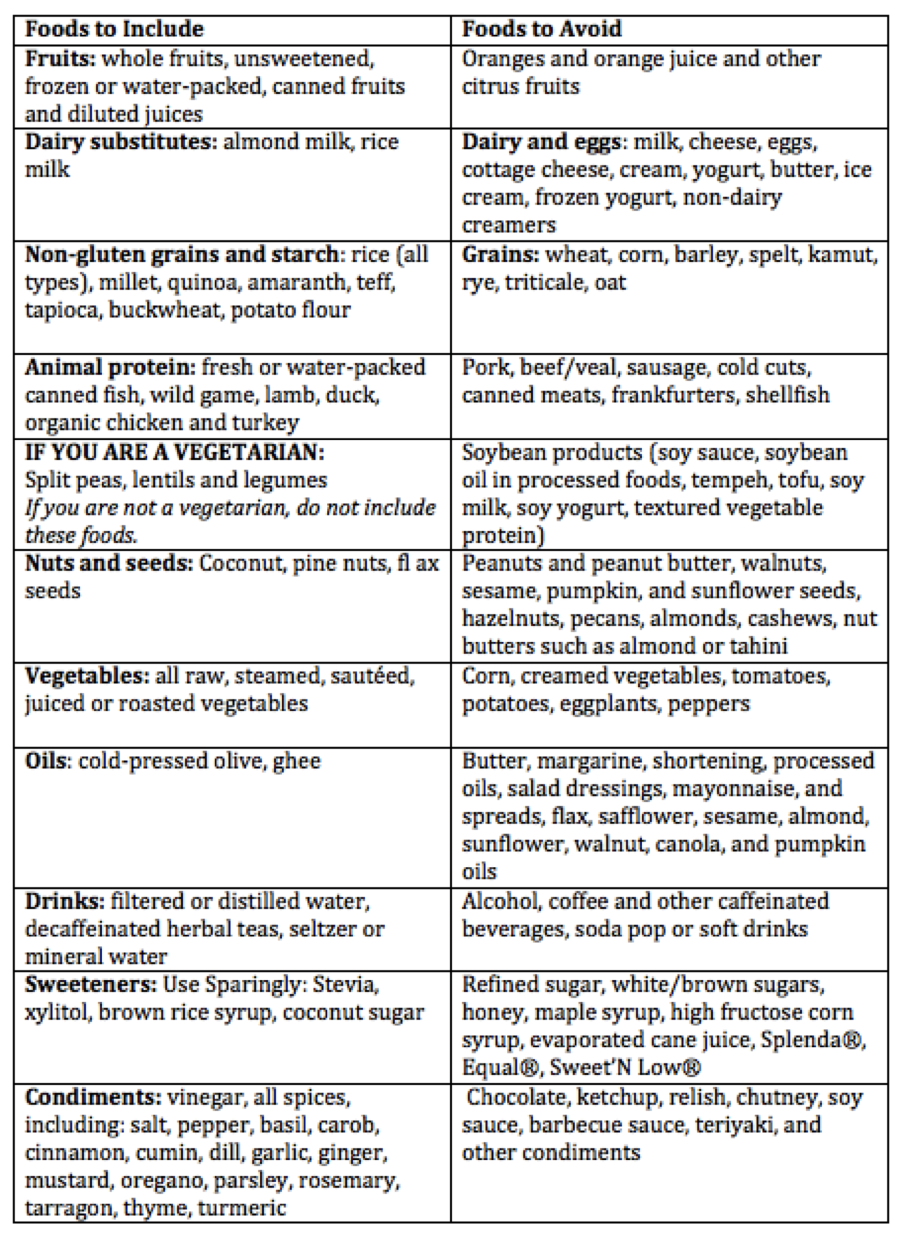Do Elimination Diets Really Work?
Author: Shannon Miller Lifestyle
What is the purpose of an elimination diet?
It is important to know that an elimination diet is not designed to be a weight loss plan. Elimination dieting is a tool to eliminate foods that you may be allergic or sensitive to from your diet. It is similar to a detox and can take quite a while if you do not know what specific toxins your body is sensitive to. It is important to speak with your primary care physician or a registered dietician if you are planning on doing an elimination diet. If you are struggling with health problems, in general, it is always wise to speak with them first. They can also be a great resource for tools or finding a support group on this journey!
Why would I want to try an elimination diet?
- If you believe you have a food allergy or sensitivity.
- If you are nursing and you think your baby may have an allergy or sensitivity (It is very wise to try this BEFORE switching to formula as many babies who have a dairy sensitivity also have a soy sensitivity).
- If you have been diagnosed with fibromyalgia, lupus, MS, Crohns, or other similar disease.
- If you frequently deal with problems such as: upset stomach, diarrhea, indigestion, bloating, headaches, or extreme fatigue and cannot find the source of the problem.
How does an elimination diet work?
For two to three weeks, you eliminate all foods that are the most likely culprits of sensitivity symptoms. At the end of that time span, you carefully introduce foods back into your diet one at a time to see which foods may be triggering symptoms. Soy, gluten, and dairy are the most common food types that cause sensitivities along with citrus, artificial sweeteners, nuts, and nightshades(if you are suffering from arthritis), but caffeine, tobacco, and alcohol can also be triggers, so it is important to cut these out as well.
Tips
- Keep a Journal of EVERYTHING you consume, including water and other beverages.
- Be sure to consume plenty of water, two quarts per day is a good rule of thumb.
- Whole, unprocessed foods are best: many processed foods contain traces of soy or gluten as fillers, this includes canned fish like tuna.
- When choosing meats, opt for organic or free-range when possible.
- Eat regular meals.
- Snack throughout the day to keep your blood sugar levels in a normal range.
- If you consume caffeine regularly, wean yourself off. Going cold-turkey will most likely result in headaches and other “withdrawal” symptoms.
- Plan your meals several days at a time and shop for those items at one time so you aren’t tempted to get take-out when you have a busy day.
- Paleo diet guidelines are extremely similar to elimination diet guidelines, Paleo recipes can help give you ideas for meal planning.
Food Guide for an Elimination Diet
For help making a shopping list, see the great suggestions at In Your Own Skin Holistic Nutrition.

